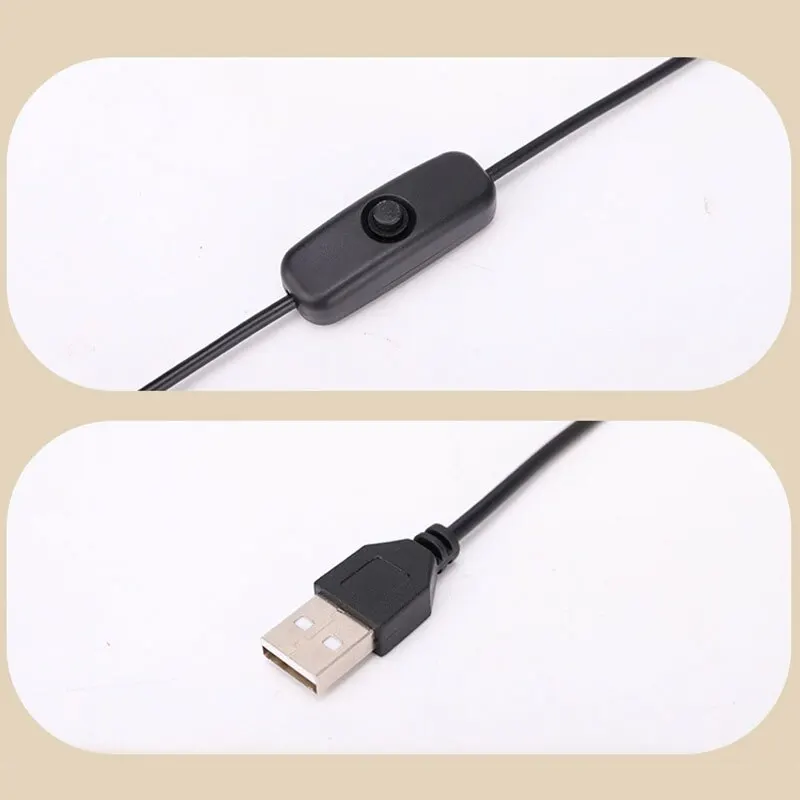Nail Lamps: The Essential Tool for Nail Perfection
In the world of nail care, the right tools can make all the difference between a flawless manicure and a faux pas. Among the myriad of gadgets available, nail lamps stand out as an essential device for both at-home enthusiasts and professional nail technicians alike. Whether you're looking to achieve salon-quality gel nails or simply want to speed up the drying process of your traditional nail polish, understanding the importance of UV LED nail lamps is crucial.
With the rise in popularity of DIY nail care, the demand for the best nail lamps has surged. As you delve into this guide, you'll discover the various types of nail lamps available, how they work, and what features to look for when choosing the perfect one for your needs. We will explore comprehensive nail lamp reviews that highlight the pros and cons of leading models on the market, ensuring you make an informed decision.
This detailed walkthrough will equip you with the necessary knowledge to select a professional nail lamp that meets your personal or business requirements. Whether you’re merely curious about these gadgets or are contemplating a purchase, our insights will help you navigate the vast array of options available. Prepare to transform your nail care routine as we uncover everything you need to know about nail lamps, from functionality and safety features to performance and effectiveness.
Stay tuned as we dive into an enticing world of color, creativity, and innovation in nail technology, making your next home manicure an experience of sheer perfection!
Types of Nail Lamps
When it comes to achieving stunning nails, nail lamps play a pivotal role in the curing process, ensuring that your nail polish adheres correctly and dries effectively. Understanding the different types of nail lamps available on the market can help you make an informed decision. Let's delve into an overview of the various types, including UV, LED, and hybrid models, discussing their functionalities as well as the benefits they bring to both professionals and home users alike.



























































































